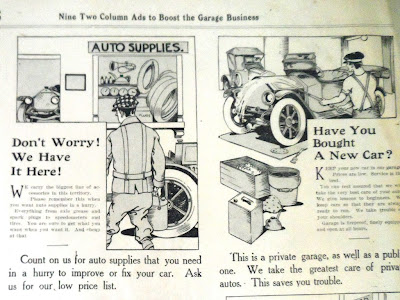The city of Coors Bay used to be called Marshfield (the name was changed in 1944 to Coos Bay). The newspaper that served the area was called the Marshfield Sun which was started by Jesse Luse in 1891. Today, it is an authentic printing museum.
Luse built this building in 1895 to house the paper (notice the 5-sided construction -- built that way to avoid an adjoining property). Luce published the weekly paper by himself for some 53 years, using the same equipment, which is now preserved as it was when he was publishing it.
The inside is preserved exactly as it was when Luce was publishing and provides an amazing insight into technology of a generation ago. The building was built with no electricity, plumbing or any other modern convenience that we take for granted.
The type was first set up one character at a time, including spaces, columns, and everything. Of course, you have to remember that you also have to put these letters in backwards so that they will print correctly on the page.
During our tour of the shop, we learned that Gutenberg invented the move able type used in this kind of printing way back in 1439. Each character must be selected, and setup for the printing run. This box shows how the type was stored -- a box like this was available for each size and font.
Gutenberg was German and his original, alphabetic organization of the type was still used several hundred years later. However, Rick noticed that the J and U were out of place -- they were AFTER the Z. Our guide told us that since there was no J or U in the German alphabet, Gutenberg never included them in the type tray and they had to be added later.
Imagine creating a full page using these small type characters. Rick figured if he tried to set up a page with these, he would misspell something for sure. It sure makes our word processor look great by comparison!
Given the effort in setting up the page, it is not surprising that vendors offered prepared advertising that could be used in the paper. For example, if an auto dealer wanted to place an ad, they could pick out one of these ads. It would then be ordered from Chicago where the plates would be made and shipped by horse drawn wagon to Coos Bay. Then, about 3 months after the order, the ad could be run.
Ir was cool to see the different equipment, all of which was manually powered. Rick was able to give this jobber press a try and found out that while it ran quite smoothly for over 100 years old, it still took quite a bit of effort. If he did this very long, he would have a tired leg!
Here is a calender from 1913 that was printed in the shop using the jobber press seen above. The printing museum is an incredible door into the past and really highlights how the printing technology has changed over that last 70 years.











1 comment:
Some great history there!
Post a Comment